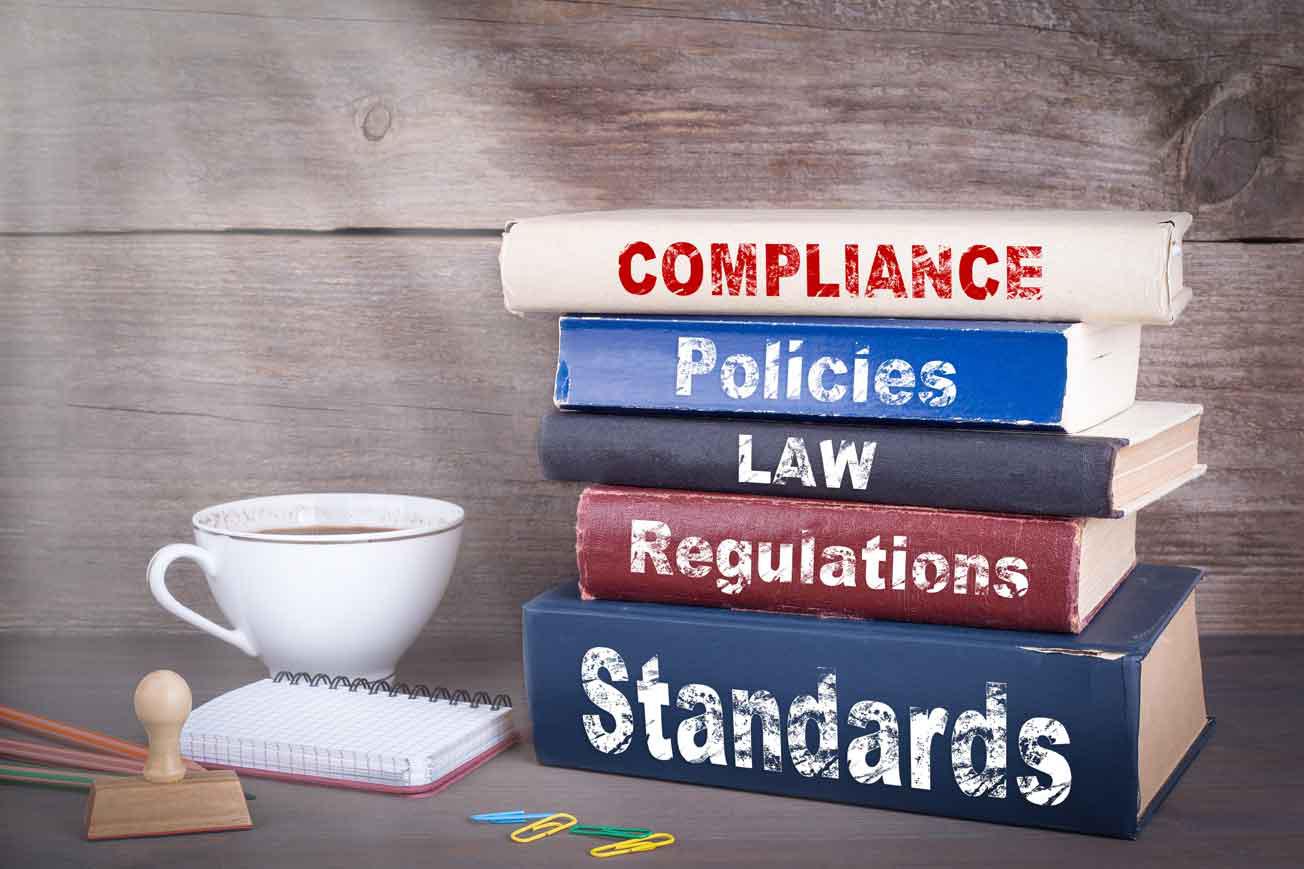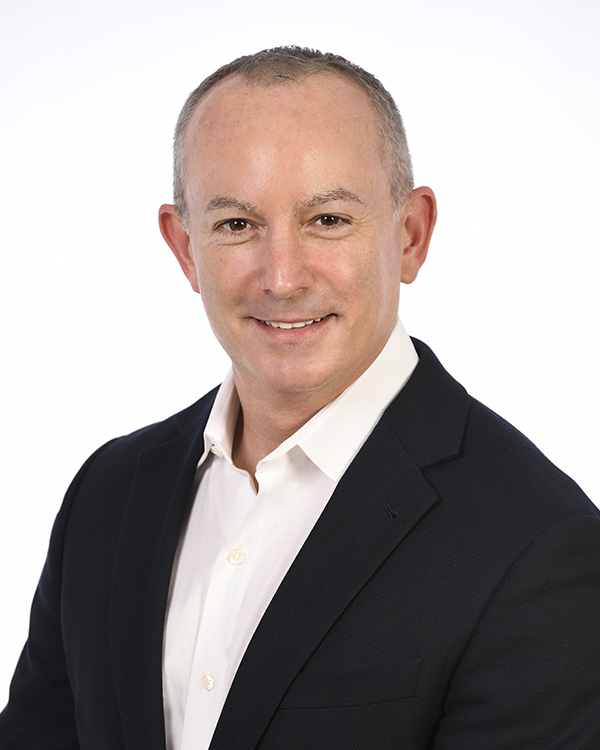November 20 2023
By: Shawn M. Galloway
How do leaders and the workforce view the purpose of occupational safety? Understandably, many believe the objective is to ensure compliance with company, client, or governmental regulations, protect assets (including humans), prevent harm, prevent deviations from expectations and, in general, stop the potential for any unwanted outcome that might negatively impact the people performing work for the company.
Compliance, protect, prevent, stop; you might as well add "serve the community."
According to the U.S. Department of Justice, "The primary duties of law enforcement include the investigation, apprehension, and detention of individuals suspected of criminal offenses."

Regretfully, several police departments or agencies have experienced problems with their brand (how they are perceived) over the past few years due to captured exchanges and experiences in their jurisdiction. In response, several of these groups are working to improve the relationship between the community and those policing.
Law enforcement is important, as discipline is necessary for safety violations, which is sometimes the tool of last resort or necessary due to unacceptable actions and outcomes that were intentional. However, when safety professionals give employees and line leadership experiences that resemble the newsworthy law enforcement events, they are no longer viewed as members of the community they serve. They have created a brand problem as well.
- What is the current brand for occupational safety?
- What about the brand of those who support these efforts?
- In summary, what is your safety brand?
- What should it be?
- How do you market your brand?
- How do you protect it?
If you want to change safety brand perceptions, first you must define the value received by involving safety expertise and how it enables individual and organizational success and can create a competitive advantage. Evolve thinking away from failing less and toward achieving and sustaining success.
Second, you must facilitate the behaviors necessary to be congruent with the brand. Then, change and monitor the information sent and received, experiences people have, and stories told. If you do not, the safety brand will be managed by the perceptions created by these experiences and stories.
If a company does not protect its brand, they become irrelevant and obsolete. We should be thinking the same way about the safety brand.
What are your thoughts? I'd love to hear from you.
"Personal branding is not about you. It's about putting your stamp on the value you deliver to others." — William Arruda
"Your brand is a story unfolding across all customer touch points." — Jonah Sachs
"A brand is no longer what we tell the consumer it is—it is what consumers tell each other it is." — Scott Cook

Shawn M. Galloway is the CEO of ProAct Safety and an advisor to leading organizations across all major industries. With over twenty years of experience in safety systems, strategy, culture, leadership, and employee engagement, he is a trusted advisor, keynote speaker, and expert witness.
He is the author of several bestselling books and has multiple regular columns in leading magazines, with over 400 articles and 100 videos to his credit. He also created the first safety podcast, Safety Culture Excellence, with over 800 episodes. Shawn has received numerous prestigious accolades and has been featured in Power 101 Leaders of the EHS World, Top 50 People Who Most Influenced EHS, Top 40 Rising Stars, Top 11 Health and Safety Influencers, and Top 10 Speakers.
He serves on the Harvard Business Review Advisory Council and the Fast Company Executive Board. He has appeared as a guest on Bloomberg, Fox News, The Daily Mail, Dubai One, U.S. News & World Report, Sirius Business Radio, Wharton Business Daily, and leading safety magazines and podcasts, reinforcing his status as an authority in the field of safety excellence.
For more information, call +1.936.273.8700 or email info@ProActSafety.com.
